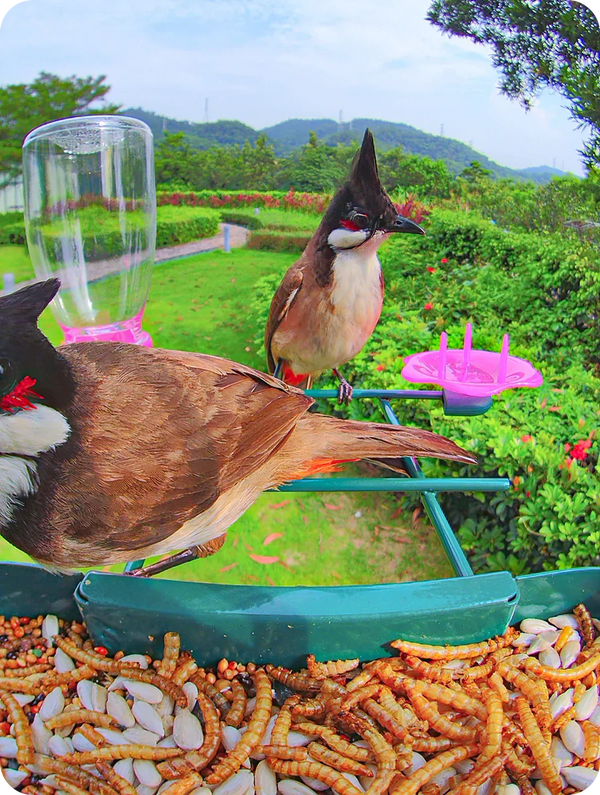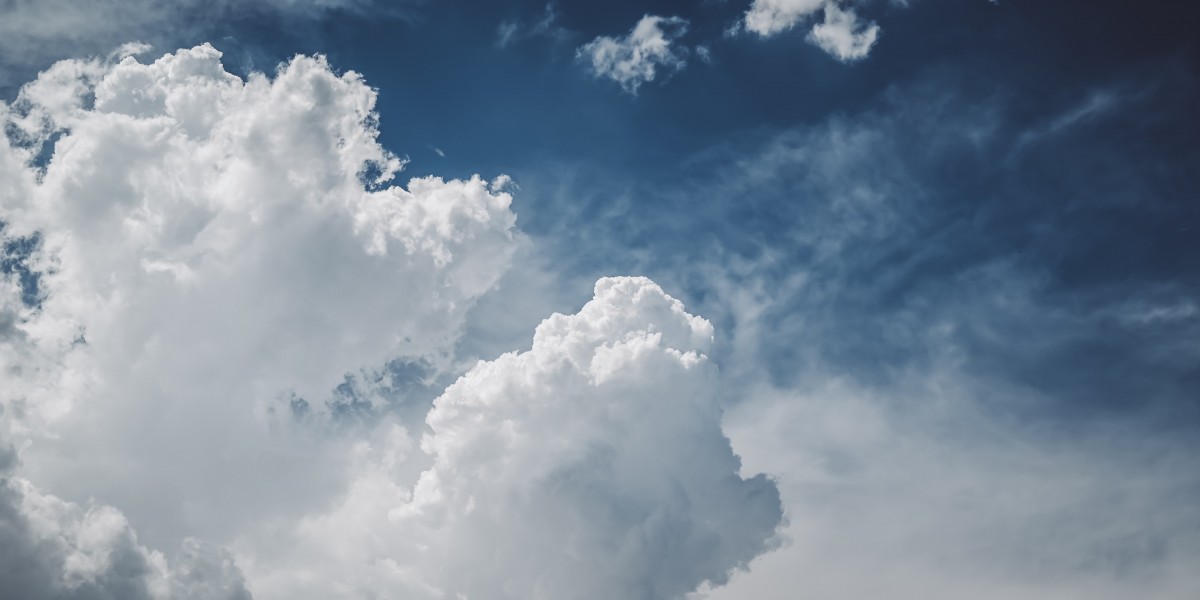Unlock the Secrets to Attracting Hummingbirds Like Never Before!
Hummingbirds are among the most enchanting creatures you can invite into your garden. Their dazzling colors and incredible agility bring joy and wonder to any outdoor space. Attracting these tiny aviators requires more than just a desire to see them; it necessitates the right hummingbird feeder solution. Selecting the appropriate feeder and maintaining it properly can significantly enhance your chances of attracting these beautiful birds. However, many bird enthusiasts face challenges such as keeping the feeder clean, ensuring the nectar is fresh, and understanding the specific needs of hummingbirds. In this article, we’ll explore valuable tips and solutions to overcome these common hurdles and create an inviting haven for hummingbirds in your garden.

Understanding Hummingbirds and Their Needs
Hummingbirds are unique in their dietary requirements, primarily feeding on nectar from flowers, which provides them with essential sugars for energy. The right hummingbird feeder solution is crucial because it can mimic the natural food sources they seek. To create a suitable nectar, a common ratio is four parts water to one part granulated sugar—this simple mixture closely resembles the natural nectar found in flowers. It’s important to avoid using honey or artificial sweeteners, as these can be harmful to hummingbirds. Additionally, remember that different species may have slightly varying preferences, but generally, most hummingbirds are drawn to bright colors, especially red. By understanding their dietary needs, you will be better equipped to attract and nourish these delightful birds.
Choosing the Right Hummingbird Feeder
When selecting a hummingbird feeder, several key features will enhance your success. Consider the material—glass feeders tend to be more durable and aesthetically pleasing, while plastic options are often lighter and easier to handle. Size matters too; larger feeders hold more nectar, reducing the frequency of refills, but smaller ones are easier to clean. Pay attention to the design: feeders with built-in ant moats and bee guards can help prevent unwanted pests. Some designs even offer perches, allowing hummingbirds to rest while they feed. However, glass feeders can be more prone to breakage, whereas plastic ones may degrade in sunlight over time. Weighing these pros and cons will help you choose the best feeder for your unique situation.
Preparing and Filling Your Hummingbird Feeder
Preparing your hummingbird feeder is an essential step in providing these birds with a reliable food source. To make the nectar, simply boil water and dissolve granulated sugar in it, using the four-to-one ratio: four cups of water to one cup of sugar. Allow the mixture to cool completely before filling the feeder; this prevents harmful bacteria from growing. When filling the feeder, do so slowly to avoid spills that can attract unwanted insects. One friend of mine, an avid birdwatcher, swears by filling her feeder during the early morning hours when the birds are most active. Doing so not only minimizes spills but also allows her to enjoy the sight of hummingbirds flocking to their newly filled source.
Maintaining Your Hummingbird Feeder
Regular maintenance of your hummingbird feeder is vital to keep it clean and functional. Ideally, you should clean your feeder every few days, especially during hot weather when nectar can spoil quickly. Use a mixture of warm water and vinegar or mild soap to scrub the feeder, making sure to rinse thoroughly to remove any residual cleaning agents. Mold can be a significant issue, so inspecting the feeder regularly is essential. If you notice mold, it’s best to replace the nectar immediately and clean the feeder thoroughly. Additionally, keep an eye out for pests—wasps and ants can become a nuisance. Using feeders with built-in pest deterrents can help, but regular monitoring and maintenance are key.
Attracting Hummingbirds to Your Garden
Creating a hummingbird-friendly environment goes beyond just placing a feeder. To truly attract these birds, consider planting native flowering plants that produce nectar. Flowers such as salvia, bee balm, and trumpet vine are excellent choices. Placement of your feeders is also important; ideally, they should be in a spot that receives both sunlight and shade throughout the day. Hummingbirds are often drawn to bright colors, so incorporating vibrant blooms around your feeders can increase visibility. A friend of mine transformed her garden by strategically placing feeders among colorful flowers, and within weeks, she was delighted to see hummingbirds visiting daily. This harmonious setup not only attracts birds but also enhances the overall beauty of your garden.
Creating an Inviting Space for Hummingbirds
In conclusion, attracting hummingbirds to your garden is a rewarding endeavor that requires a thoughtful approach to feeder selection and maintenance. By understanding their dietary needs, choosing the right feeder, preparing and filling it correctly, and maintaining it regularly, you will create an inviting space for these remarkable birds. Remember to enhance your garden with native plants and choose optimal locations for your feeders. By implementing these tips, you’ll not only enjoy the beauty of hummingbirds but also contribute to their conservation and well-being in your local ecosystem. Happy birdwatching!








